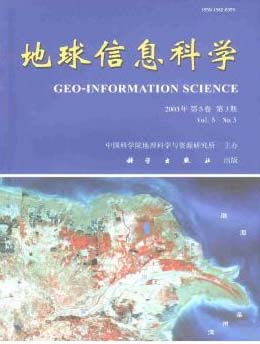ARTICLES
YE Qinghua, LIU Gaohuan, Marco RUSSI, HE Aihua, LOU Weiguo, YE Qingxin
2003, 5(3): 107-111.
The Geo information Tupu is a kind of methodology of spatial and temporal geographical analysis, which integrates geographical process of va rious events into spatial and attribute data analysis It shows its advantages of quantitatively expressing spatial differences in various temporal processes and infusing different data and data mining methods in long term and continuous monitoring for complex Geo systems According to theories and methods on Geo information TUPU and land use/land cover models based on Tupu unit, four stages of land use spatial data sampled in YRD during 1956~1996 by 30×30 m 2 grid cell with Transverse Mercator Krasovsky projection at the central longitude of 117 degrees are acquired In order to facilitate the operation between the series of spatial data by algebra language in GRID, the land use category in YRD is limited to 10 classes, which consists of sea in research scope, farmland, garden plot, forest, pasture, residential and industrial area, transportation area, water body (including tidal flat), unused land, and saline alkaline area After unified by 30 m GRID cell,four sets of data consisting of 3 temporal units are identified according to the temporal order along the temporal axis, i e ,1956~1984, 1984~1991, and 1991~1996 Then with these 3 temporal units and 4 stages of attributes of spatial cells in grid that are created in ARC/INFO, it is possible for us to generate series of Tupu cells by map algebra language This article introduces methods of creatin g series of land use Tupu based on Tupu unit, which is integrated by "Spatial·A ttribute·Process", and is composed of relatively homogeneous geographic unit and temporal unit The integration of Tupu unit is operated in grid by its 4 stages of spatial and attributes data to simulate its change process In order to get rid of "noises" on land use Tupu, the article reconstructs the tupu units on remapped tables by reclassifying and recoding grid cells in its diversion direction reclassifying data, extracts "input" conversion tupu units as series of "Arising" Tupu, i e , the arising Tupu is composed of Tupu units of "input", where the other types of land use are converted to this one There are also 3 temporal units of Arising Tupu on land use influx conversion The article also analyzes the spatial difference of "Arising" Tupu units by admin istrative units, which include diagnosis Tupu analysis of land use changes on saline alkaline area, farmland and residential industrial land.
